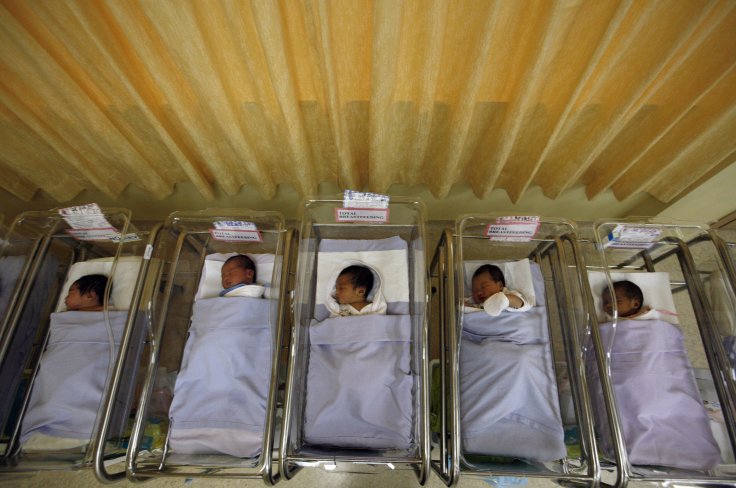
Lesser population growth in Singapore could result in fall of countries per capita gross domestic product (GDP) by 1.5 percent points per year until 2060, the way Japan has been witnessing lower GDP coupled with the prospect of aging population.
A recent survey by the government's Institute of Policy Studies (IPS) has found that there will be 91 elderly citizens for every 100 working-age Singaporeans by 2080. The survey published on January 18 has found that the country's total fertility rate stagnates at 1.3 even when around 20,000 immigrants are added to the population each year. It means half of the population will have to pay for the rest half as well.
The recent study by IPS senior research fellow Christopher Gee is the second in consecutive months to discuss Singapore's demographic challenge. Francis Tan, a UOB economist has published his study last month describing how the number of elderly in Singapore will match that of the younger citizens below 15 this year. The paper has described the issue as the start of the Republic's "demographic time bomb" and says that the problem has occurred for the first time in the country's history.
The increasing aging population could result in series of economic challenges including lower economic growth, and the increase in aged residents exceeding the growth in labor force. The government will need to spend more money and resources on social needs. It might result in the increase in taxes which could hurt the economy.
However, longevity dividends are better indications of rising health expectancy, education, accumulated savings and investments in technology.
The Republic's population policies traditionally give importance to immigration. The authorities are, therefore, planning for a 'well-calibrated' immigration policy to mitigate the economics of aging population. The government plans for a new immigration policy which hints that "immigrants also grow old."
The gap between the average span of healthy years lived and total life expectancy for males has increased to 8.2 from 7.2 while females have gained 10.1 years of better health from 9.2 years. The increasing healthy lifespan has been calculated from 2005 to 2015.
The survey found that if the countries human capital investment in education continues, 87 percent of Singapore's working-age population and 85 percent of senior citizens will have tertiary education qualifications. This could result in a "substantial increase" in Singapore's human capital potential resulting in increased productivity and social well-being.
Researchers have also warned that obsolescence or ageist attitudes in the workplace could give bitter results. Researchers also give suggestions for the need of more government schemes to help manage social risks like catastrophic health shocks, employment shocks and risks of outliving the financial and leasehold housing assets.
While several countries heavily depend on taxes and public transfers to fund for assistance of elderly citizens, Singapore has a policy of "social and political compact" to target assistance for those who need it the most. Singapore's economy has been based on low taxation levels.
Christopher Gee said, "Relying solely on individual savings to finance old-age consumption may accentuate income and wealth inequalities... We should be able to do more to pool social risks."
Universal long-term care insurance schemes, wage loss insurance, and community-based living programmes could reduce the social risks. Researchers say that the GDP per capita growth could be slightly different even though it could be almost similar.
Singapore had experienced a post-war baby boom during the first 35 years after independence on August 9, 1965. The demographic dividends including baby boom, human capital investment in health and education were followed by a decrease in fertility rate among the citizens.
Singapore has average marriage age of 28 years for women and 30 years for men. The current population in this age category were born during the baby boom period. Lesser number of marriages among Singaporeans has resulted in the present gap among the populations.
Already Japan and China are facing similar problem due to the decrease in population growth and increasing number of senior citizens. The Chinese government has relaxed its strict one-child policy in November 2013 allowing families to have two children if one parent, rather than both parents, was only child. There has been a significant increase in childbirth after relaxation of the policy.
Japan has experienced lesser number of marriages of all times last year after World War II. It has also been found that the population of the country has fallen drastically by around 1 million.









